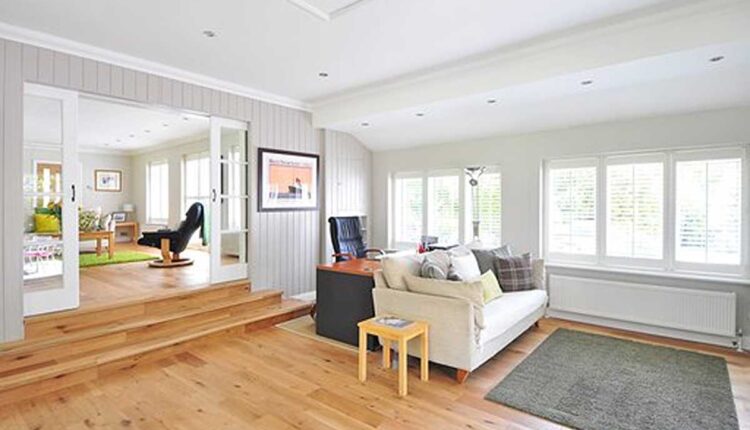To get a smoother flooring surface, you should first try to find the source of the squeak. Usually, squeaky floors are caused by loose nails or nails that weren’t hammered in properly. If you have access to the subfloor, you can check for loose nails and drive in new nails into the floor joists.
Baking soda
If you have hardwood floors, baking soda can help quiet them. Squeaky floors can be very annoying, especially if you have kids or teenagers. To fix them, you need to access the boards underneath the floor and use long wood screws to secure them. However, be sure not to use long screws that stick out onto the floor, or you may end up with a painful accident.
Depending on the size of the squeak, you may need to redo the entire room or repair the floorboards causing the problem. You can use baking soda or baby powder to lubricate the wood for small areas. You can also place wood shims under and between the floorboards.
Wood shims
If your hardwood floor is starting to squeak, it may be due to a shift in the floor joist or subfloor. Luckily, this problem can be remedied with a few inexpensive wood shims. These shims will fill the gap between the floorboards and joists, eliminating the squeak.
First, you need to make sure that the subfloor is level. Otherwise, your hardwood floor will warp, create gaps, and create a tripping hazard. To avoid this, choose a floor that is easy to install, such as an Easiklip solid oak floor. Before laying down any wood flooring, you should ensure that your subfloor is stable enough to support the flooring. Wood shims are one of the best options for achieving a level subfloor.
Screws
If your wood floor is squeaky, you may need to replace one or more screws. In this case, you can use screws specially designed for wood flooring. These screws are designed to hold the joists and floor together with minimum damage. If you cannot find these screws, you can also use steel brads. Steel brads are specifically designed to be used with wood flooring and will cause minimum damage when driven into the floor. The procedure for installing them is similar to that of dual-pitch screws.
One of the most common methods of fixing squeaky floors is using screws. But, this method can be ineffective if you have a thick wood floor. While using screws can provide temporary relief, it can also damage the flooring permanently. If you are not comfortable using screws, you can also use counter snap kits. These kits contain screws, a screwdriver bit, and a depth control fixture. First, install these screws and drill a pilot hole in the hardwood floor. Next, drive the screw until it reaches the depth-control fixture.
Nails
Adding nails to your hardwood floor is a simple way to stop squeaks. First, you need to know where the problem is. Generally, the squeak is caused by floorboards that are not nailed. You should place the nails two to three rows apart. Be sure to keep the nails from splitting the wood.
Another cause of squeaky hardwood floors is poor support or insufficient bridging. In such a case, you can add more bridging supports. These can be placed under sagging floorboards or subfloors. Make sure to space the nails properly and use a hammer.
Wood varnishes
Wood varnishes are a standard solution for squeaky hardwood floors. Unlike polyurethane, the varnish is easier to apply and maintain. It is also less toxic than poly. However, it requires more coats to reach the desired finish and is prone to cracking, peeling, and bubbling. As with any other coating, varnish must be appropriately applied to prevent damage to the wood. Proper thinning is essential to prevent brittleness, and mixing the ingredients properly will ensure a durable coating against the elements.
Squeaky floors are a common complaint from homeowners. It’s a perfectly normal reaction of wood to seasonal changes in temperature and humidity. These changes cause the wood to expand and contract. Depending on the species, it may even develop tiny cracks.
Using a lubricant
One of the simplest ways to fix squeaky hardwood floors is to use a dry lubricant. You can use baby powder, baking soda, or powdered graphite to reduce the friction between the wood and floorboards. Once applied, wipe it off with a damp cloth. Other lubricants you can try include liquid wax or urethane.
If a liquid lubricant is not an option, you can try spraying WD-40 onto the floorboards. This will temporarily reduce the noise but won’t cure the underlying problem. If the problem persists, use a dry silicone lubricant instead. Both methods will reduce wood-to-wood friction.

